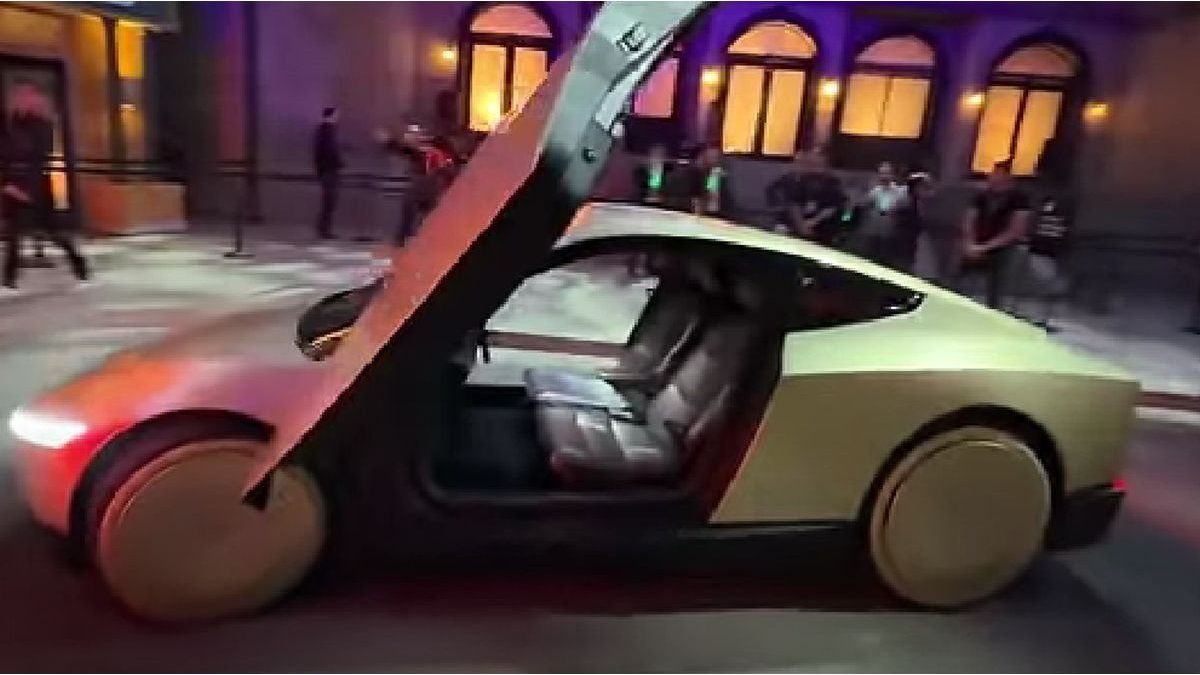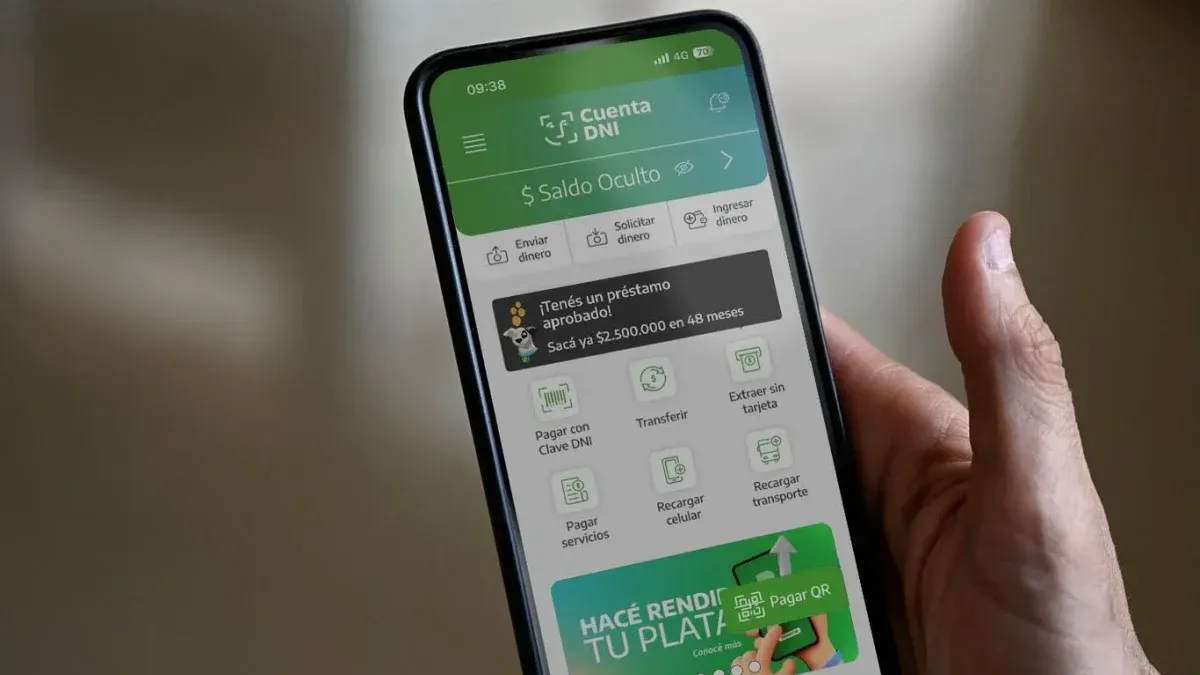Elon Musk finally presented on Thursday the Tesla robotaxia car capable of driving itself that, he said, will hit the market in 2027, about a decade after the billionaire first promised an autonomous vehicle.
The event, called “We, Robot”, in a play on words with Isaac Asimov’s classic science fiction work “I, Robot”, took place at the Warner Brothers studios near Los Angeles.
The CEO of Tesla assured that his car without a steering wheel or pedals will be priced under $30,000, will charge wirelessly with inductive technology and will be “between 10 and 20 times safer” than cars driven by humans.
Musk is a master showman, as well as the richest man on the planet. His buzz-building skills have helped make Tesla the world’s largest electric vehicle maker and skyrocketed the company’s stock price.
Tesla Robotaxi Ride-Along (Unedited).mp4
“In an autonomous world, the car is like a small living room,” he explained to his audience.
“They are sitting in a comfortable little room and they can do whatever they want while they are in this comfortable little room, and when they come out, they will have reached their destination,” he added.
However, he gave few technical details about the vehicle, with doors that open upward and are reminiscent of the Delorean from the “Back to the Future” movies.
He assured that Tesla already has 50 units and hopes to begin “fully autonomous and unsupervised” driving next year in Texas and California with existing models, before moving on to production of what he called the “cybertaxi.”
“I tend to be a little optimistic about deadlines,” he acknowledged, while assuring that they will begin production “before 2027.”
The presentation, which began almost an hour late, was full of futuristic images, but was vague.
Musk also showed off a large passenger transport vehicle he called the “Robovan.”
This truck, which looks like a huge moving toaster, has no steering wheel, pedals or driver.
According to him, it has capacity for 20 people or can be transformed to transport goods. But he did not give details about production times.
Musk also presented dancing humanoid robots called Optimus who, he said, one day will be able to do household chores and keep company.
“I think it will be the greatest product in history,” he said, adding that the robot would sell, according to his estimate, between $20,000 and $30,000. He also did not give deadlines and in the presentation it was not clear what exactly the robot’s capabilities are, although it was seen walking among the public and serving drinks.
Although he was once the favorite of the left for his environmentalist measures to electrify transportation, in recent years Musk has become increasingly controversial.
Since it bought Twitter – which it renamed X – it cut the platform’s staff, which led many users and advertisers to abandon that social network.
And he currently dedicates time and money to promoting Republican Donald Trump, echoing the billionaire and presidential candidate’s controversial statements about immigrants. Musk even made an exuberant appearance at a Trump rally last weekend.
Followers and detractors of Tesla had been waiting for the presentation of the robotaxi for a long time.
In 2016, Musk stated that a fully automated car would be a reality in the next two years and a year later he envisioned for 2019 a vehicle so safe that the user could even sleep while traveling in it.
But many automakers, already operating Autopilot programs for a few years, have discovered that autonomous driving is complex.
While many vehicles today feature limited automation, which in theory allows the driver to hand over some functions to a computer, the person behind the wheel must pay attention and react if the vehicle does something unexpected.
Unlike people, computers are not as good at reacting to unpredictable events or situations they haven’t encountered before, which is why self-driving vehicles have a history of doing things a human would never do.
In any case, the driver is legally responsible for what the car does.
Source: Ambito
I am Pierce Boyd, a driven and ambitious professional working in the news industry. I have been writing for 24 Hours Worlds for over five years, specializing in sports section coverage. During my tenure at the publication, I have built an impressive portfolio of articles that has earned me a reputation as an experienced journalist and content creator.




